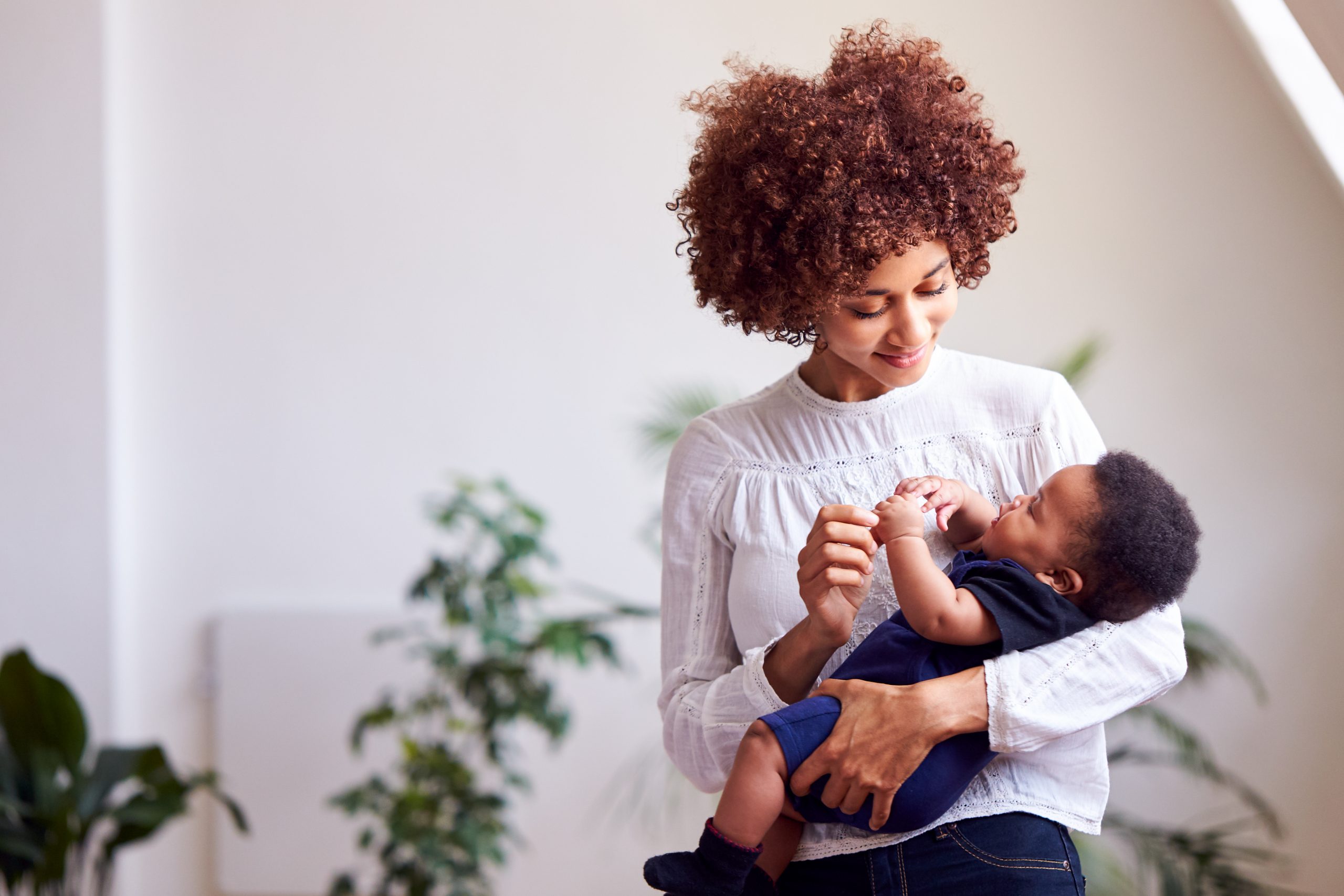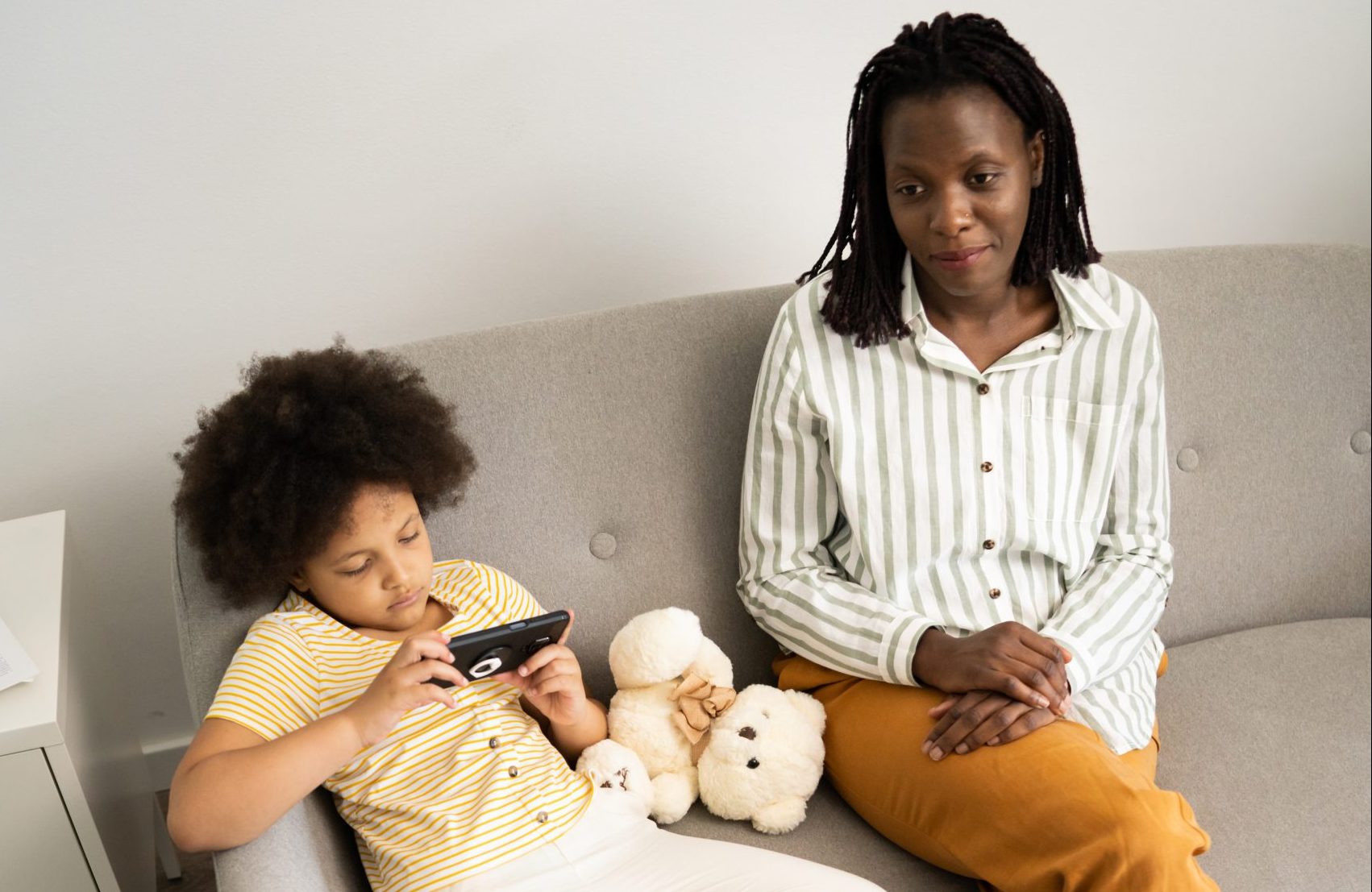
In this coffee chat hosted by the CHOICES Community of Practice, DeAnna Nara, Senior Policy Associate at the Center for Science in the Public Interest, explored strategies to incorporate added-sugar warning labels into restaurant menus to reduce added sugar consumption and shared resources to support practitioners at the state and local levels with this work.
View the resource round-up from this coffee chat
Download the March 2024 coffee chat presentation slides
Disclaimer: Our guest speakers share their own perspectives and do not speak for Harvard.






